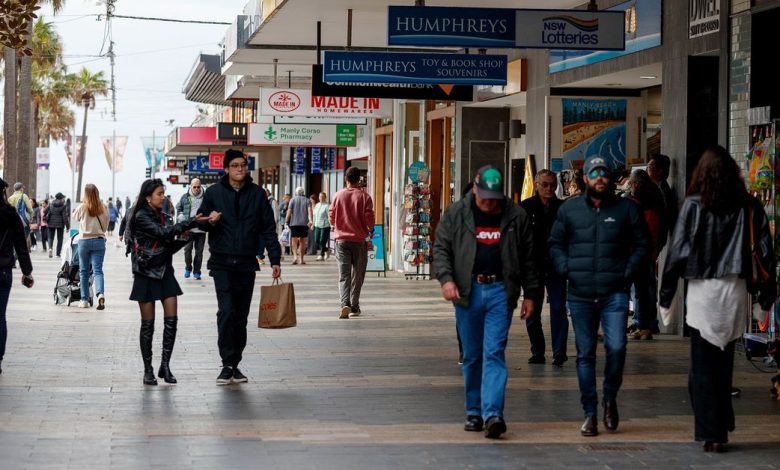Monthly CPI surges again to highest level this year, sparking fears of rates rise

According to new data from the Australian Bureau of Statistics, the monthly consumer price index came in at 4 percent for May – much higher than April’s 3.6 percent and above the market’s forecast of 3.8 percent.
It was last higher in November, when it was 4.3 percent.

The higher-than-expected rise marked a third straight month of rising inflation and raised fears that the Central Bank could raise interest rates for a 14th time.
“The rise in CPI will have the Reserve Bank moving to the starting blocks and ready to fire the gun on interest rate hikes, just as the men line up for the 100m final in Paris, assuming inflation for the quarter in June reflected the same trend,” said Canstar’s Steve Mickenbaker.
“The consumer price index rose 1.0% in the March 2024 quarter from 0.6% in the December 2023 quarter and a further rise or even a failure to fall in the June quarter will test patience of the Reserve Bank.
“With scant evidence that inflation is moving towards the target range, the Reserve Bank will be uncomfortable waiting another three months for the next release of quarterly CPI and will certainly raise rates in August.”
“The risk of baked-in inflation expectations is too high.”
However, the consumer price index, which excludes non-volatile items and holiday travel, actually fell from 4.1 to 4 per cent, which other experts say could dissuade the RBA from another hike – although it certainly won’t be cutting any time soon.
“Looking at the two different measures, what we can find is that core inflation remains stable, though not increasing, and the volatile items continue to move around depending on seasonality and weather factors,” said CreditorWatch Chief Economist Anneke Thompson.

“There are clearly price pressures that still need to be worked through in the economy … today’s result reinforces our view that the cash rate will remain at current levels until 2025.”
“While a higher cash rate will help bring inflation under control more quickly, indicators of stress in the business community are so high that this is likely to lead to too much of a rise in unemployment, which the RBA is trying to avoid.”
The Reserve Bank said inflation needed to return to target much faster to pull the trigger on rate cuts.
“The board must be confident that inflation is moving sustainably towards the target and will do what is necessary to achieve that result.”
The Reserve Bank’s board will not meet to discuss interest rates until the first week of August – after the next round of quarterly inflation data, which usually has more influence on its decisions.
However, he discussed the prospect of a rate hike during his last two meetings before ultimately deciding to leave them on hold at 4.35 percent.
The main driver of last month’s unexpectedly high rise in inflation was housing costs, which rose 5.2% over the past year.
“Rents increased by 7.4% for the year, reflecting the tight rental market across the country,” the ABS said.
“The annual rise in new home prices held steady at 4.9% as builders passed on higher labor and materials costs.”



